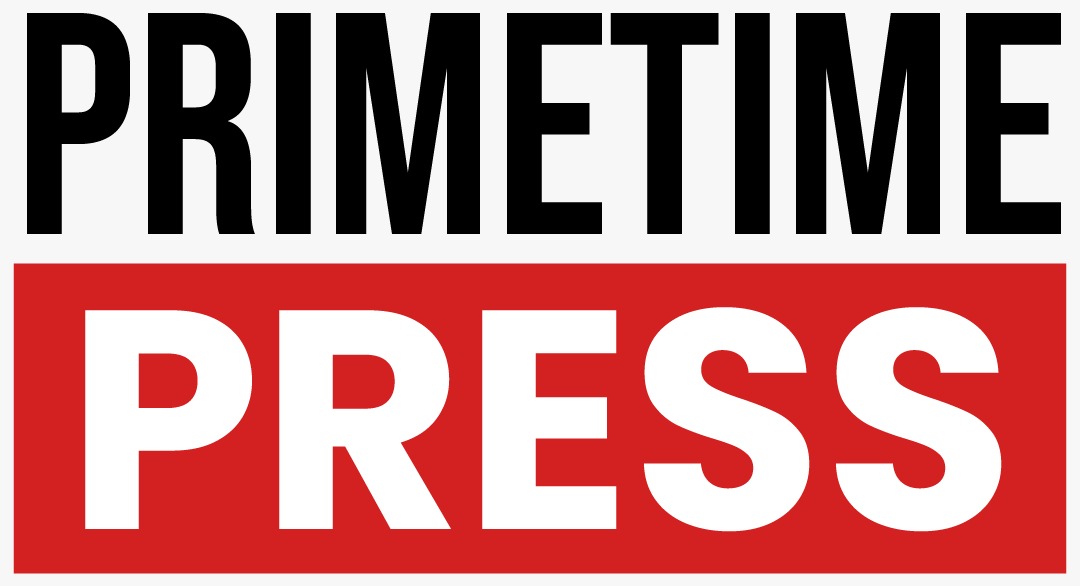U.S. stocks advanced on July 24, 2025, as market sentiment was buoyed by promising developments in global trade, including signals of a U.S.–EU tariff agreement around 15%, down from previously threatened levels. Simultaneously, mixed corporate earnings from major companies added complexity to the rally. Trade-related optimism powered gains globally even as some high-profile results weighed on indexes. The S&P 500 and Nasdaq edged higher, while the Dow Jones Industrial Average lagged due to declines in health care, industrial and tech stocks.
Investor confidence surged following signs that the U.S. and European Union may close a deal setting tariffs at 15%—a sharp reduction from earlier proposals as high as 30%. European markets responded strongly, with the STOXX 600 index hitting its highest level in six weeks, and major banking stocks such as Deutsche Bank and BNP Paribas posting robust gains.
Meanwhile, reports confirmed a finalized deal with Japan, where auto tariffs were rolled back to 15% from 27.5%, lifting shares of manufacturers like Mazda and Toyota. Skeptical analysts pointed out that average U.S. tariff rates remain elevated—at roughly 15–19%, significantly above the ~2.5% level a year ago—and warn of longer-term macroeconomic drag.
Alphabet Inc., parent of Google, posted a strong second-quarter report, with fast-growing revenue from both cloud services and AI-related advertising encouraging upbeat guidance. The company plans to spend an additional $10 billion on capital investments in 2025, focused on compute infrastructure. Alphabet shares rose nearly 2% following the upgrade. Analysts highlighted that cloud revenue surged about 29% year-over-year, with operating margins expanding as expenses outside compute investment declined.
Read Also: https://primetimepress.com/u-s-equity-markets-reach-records-on-tech-crypto-and-ma-news/
Tesla Inc. saw a sharp decline in its stock, off 7–8%, after reporting disappointing Q2 earnings. The electric vehicle maker cited a 16% drop in net income and a 12% decline in revenue, along with a warning of tougher quarters ahead due to shrinking EV incentives and subsidy pullbacks. CEO Elon Musk painted a cautious outlook extending into mid‑2026.
Other major companies also faced investor pressure. UnitedHealth Group fell approximately 2.3% amid heightened scrutiny from the Department of Justice over Medicare billing practices. IBM dropped nearly 9.5% despite modestly beating earnings, as revenue growth disappointed investors. Honeywell declined around 5%, even though the company beat expectations and raised its full-year outlook—signaling that broader sector sentiment may be dampening responses.
Meanwhile, ServiceNow surged ~4% with strong AI-related growth projections, while T‑Mobile added ~5.8% on subscriber gains. Airlines and retail stocks like Southwest, American Airlines, Chipotle, and Las Vegas Sands saw sharp moves—both positive and negative—based on earnings.
Markets remain sensitive to signs about Federal Reserve policy, especially as recent labor-market data remains strong. Initial jobless claims fell to around 217,000, underscoring continued expansion in U.S. service-sector activity.
Despite robust labor conditions, investors still expect the Fed to consider a rate cut—most likely in September, though Chairman Jerome Powell’s future is shadowed by continued pressure from President Trump. A recent unscheduled Trump visit to the Fed stirred lingering volatility in bond markets.
Equity markets in Asia and Australia mirrored U.S. strength. Japan’s Topix index reached fresh highs, the Australian dollar hit an eight-month high, and commodity prices—including oil and gold—edged upward. Investors welcomed gains in currencies and equities linked to easing trade tensions.
In Europe, policy makers walked a cautious path. The European Central Bank held rates steady at 2%, citing manageable inflation near 2% and balanced wage growth—but flagged lingering trade and geopolitical risks. Only one more cut is expected this year.
The bounce in markets represents a shift from the tariff shock of early 2025, when U.S. average tariff rates surged to levels not seen since the 1930s. That environment triggered market turmoil, prompting both temporary pauses and rapid reversals in tariff policy. Recent trade developments have helped calm investor nerves—though experts caution that temporary relief may mask longer-term damage from sustained protectionism.
During earnings season, about 85% of S&P 500 companies have beaten expectations so far, with the “Magnificent Seven” tech firms leading in market impact. Alphabet’s results and outlook helped investors refocus on the potential of AI-driven revenue, while results from legacy sectors reveal widening divergence.
In summary, markets rallied on July 24 as easing trade fears and strong tech earnings outweighed broader macro concerns. But mixed results from industrial, healthcare, and legacy tech names signal that the recovery remains uneven. Investor attention will now shift to upcoming trade negotiations, central bank cues, and whether current optimism holds through the rest of earnings season and beyond.

